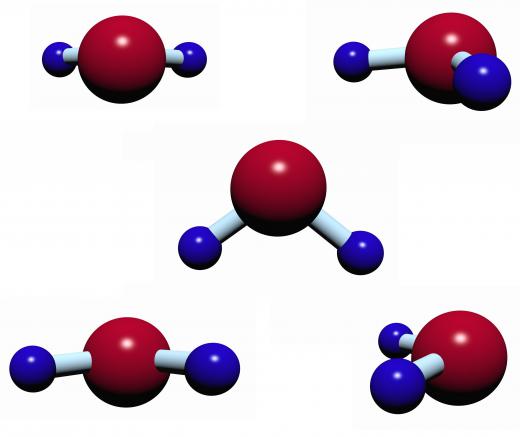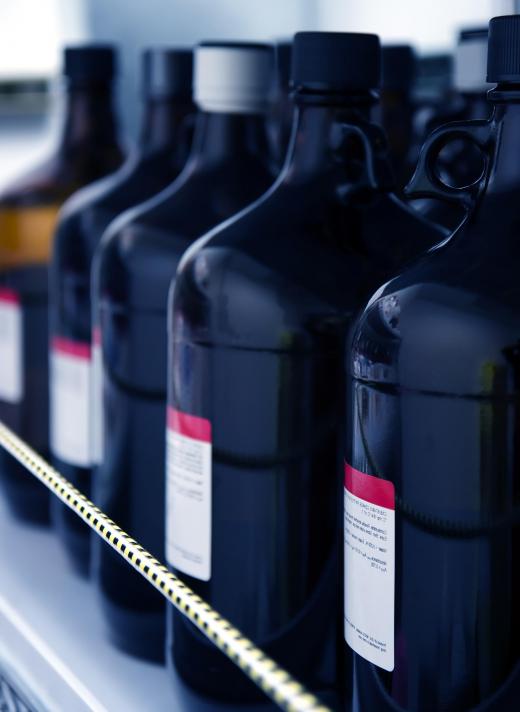In Chemistry, what is Miscibility?
Miscibility is the ability of two liquids to mix with each to form a homogeneous solution. Water and ethanol, for example, are miscible. They can be mixed in any proportion, and the resulting solution will be clear and show only one phase. Oil and water, on the other hand, are immiscible. A mixture of vegetable oil and water will always separate into two layers or phases, and won't dissolve in each other.
Miscibility is often expressed as a wt/wt%, or weight of one solvent in 100 g of final solution. If two solvents are totally miscible in all proportions, their miscibility is 100%. Other solvents are only partially miscible, meaning that only some portion will dissolve in water.

Diethyl ether, for example, is partially miscible with water. Up to 7 grams of diethyl ether will dissolve in 93 g of water to give a 7% (wt/wt%) solution. If more diethyl ether is added, a separate diethyl ether layer will appear floating above the water. Most solvents show some miscibility in one another, although it might be very low.
Most of the liquids encountered in everyday life are either water-based, called aqueous, or organic, which in the chemical sense means they contain carbon atoms. These can generally be divided into two broad classes. They're either hydrophilic, "water-loving," or lipophilic, "fat loving." Lipophilic solvents are miscible with hydrocarbon solvents, that is, solvents containing only carbon and hydrogen, like fats and oils. Hydrophilic solvents are miscible with water.

Hydrophilic solvents generally contain other types of atoms, like oxygen and nitrogen, which make them capable of hydrogen-bonding with water molecules. A hydrophilic solvent may be also be referred to as lipophobic, "fat-fearing," while lipophilic solvents are hydrophobic, "water-fearing." Which terms are used is a matter of context.
Immiscible solvents, those that do not mix, are used in the chemical process of liquid/liquid extraction, where compounds of interest may be separated by taking advantage of their different solubilities in water and a lipophilic solvent. For example, if a mixture of vitamin C, which is highly water soluble, and vitamin E, which is fat-soluble, is shaken with an immiscible mixture of water and hexane, a very lipophilic hydrocarbon solvent, the vitamin C will collect in the aqueous layer while the vitamin E will collect in the hexane layer. Allowed to stand, the two layers separate and can be easily isolated, and the vitamins recovered by evaporating the solvents.
AS FEATURED ON:
AS FEATURED ON:












Discussion Comments
This was such a great article. I am horrible with chemistry, but this article helped me understand miscible liquids while even using a real world example. This is perfect because my daughter needed to find a real world example of how chemistry can be applied to everyday problems. I will post the link to this article on her facebook so she has an idea of something she can write about. I love this site...so full of useful information.
Post your comments